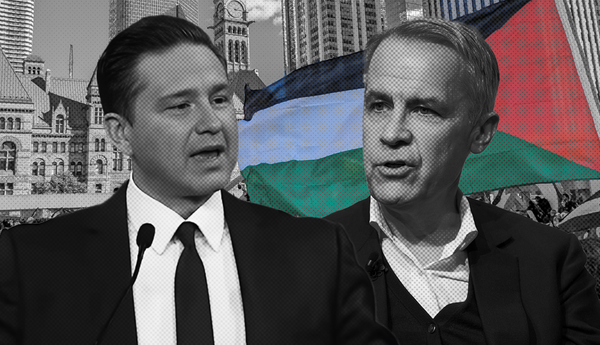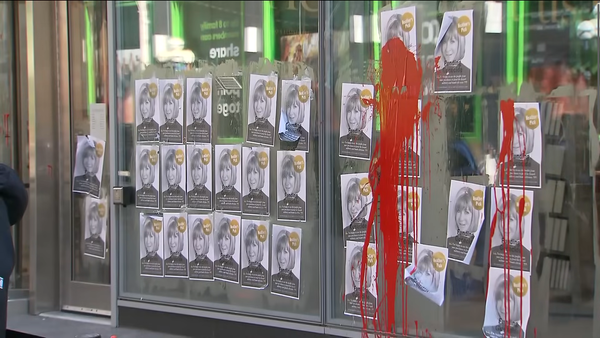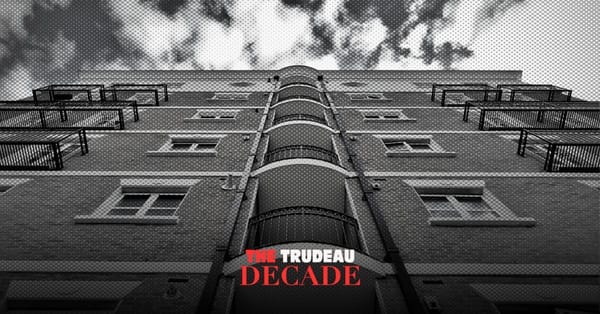New COVID-19 cases in British Columbia hit an all-time high on Saturday.
On Monday, facing this exponential growth, Premier John Horgan joined Health Minister Adrian Dix and Provincial Health Officer Bonnie Henry for a press conference to announce new restrictions.
The measures, despite being labelled a “circuit breaker” at the conference, aren’t tough or stringent by any means. Yet they look even less helpful when you compare them to what other provinces have been doing throughout the pandemic when cases got out of hand.
Here’s how B.C.’s so-called “circuit breaker” stacks up against Alberta, Manitoba, Newfoundland and Labrador, Ontario, Quebec, and Saskatchewan.
Dining
The headline restriction from Monday’s press conference was that indoor dining is off the table for the next three weeks. Restaurants have to move to take-out, delivery and patio dining only. Bars that only sell snacks are to shut.
Banning eating inside restaurants is a pretty standard restriction, with the majority of provinces doing so for between one and three months thus far. Some provinces, like Ontario and Quebec, also banned outdoor dining.
Exercise
B.C. has banned group fitness indoors, with gyms and recreation centres limited to one-on-one personal training. Outdoor adult group sports are prohibited, but you can still run drills or do training with up to 10 people.
Allowing personal training to carry on is far more lenient than other provinces. The provinces mentioned all prohibited indoor exercise entirely during their lockdowns.
Whistler Blackcomb ski resort does not exist in other provinces. But B.C. closing it the day after Spring Break ends is shutting the stable door after the horse has bolted.
Worship
B.C. promised faith leaders last week that they could choose “four days over the period of March 28 to May 13 to hold indoor events.” On March 29, the province cancelled that plan, barring indoor worship. Outdoor faith events are now allowed in limited capacity (up to 50 people), but socializing before, during or after is strictly prohibited. This move is on par with other provinces.
Manitoba, Ontario, Quebec and Newfoundland all temporarily suspended indoor worship while under lockdown. Alberta has allowed indoor faith services to continue through their second lockdown, at 15 per cent capacity.
Retail And Services
Here’s where B.C.’s restrictions start looking much less restrictive. Non-essential shops in the province were never ordered to close, even in the first wave. Since last May, capacity has been limited to five square metres of space per person. Personal services, like hair salons and tattoo studios, have also been open since May. Mandatory masking indoors was only introduced in November.
This “circuit breaker” leaves all non-essential shops and personal services open, in the same manner they have been for the last 10 months.
This puts B.C. in a similar position as Saskatchewan and Alberta, provinces that both introduced capacity limits — expressed in percentages rather than number of square metres per person — during their second lockdowns. Manitoba, Newfoundland and Labrador, Ontario, and Quebec all shuttered non-essential retail and services for at least two weeks during their periods of stricter measures.
Socializing
Indoor socializing has been banned province-wide in B.C. since November 2020. Outdoor gatherings were also suspended during winter, and have been permitted with up to 10 guests as of March 12.
By contrast, many provinces restricted outdoor gatherings for portions of their lockdowns. Saskatchewan limited their outdoor social gatherings to 10 people. Indoor gatherings were also banned in all provinces, and have started to be allowed again — in limited capacities — in some areas of Manitoba, Newfoundland, Quebec and Saskatechewan.
Schools
Schools in B.C. remain open. Masks were made mandatory for middle and high school students when not at their desks, and for all staff, when schools re-opened in September. The new restrictions now require students from Grade 4 and up to wear masks indoors at all times.
B.C.’s mask regulations look most like Alberta and Manitoba’s rules. In these provinces, students from Grades 4 to 12 must wear masks when not at their desk or in places where they can’t physically social distance. Both of these provinces have covered students down to Grade 4 since September, though.
Newfoundland and Labrador, Ontario and Quebec mandate students wearing masks the whole day — all the way down to first-graders in Ontario — while Saskatchewan left it to individual school districts to set mask policies.
Are B.C.’s Measures Enough?
The short answer is no. The long answer is that the restrictions are incredibly frustrating.
The second wave in B.C. started seriously in November, and saw a peak of 804 average cases per day. The government’s response was to ban all socializing and (finally) mandate masks indoors, while keeping restaurants, personal care services, businesses, and schools open.
That didn’t work, and residents grew tired from spending months in social lockdown while going about their capital-generating jobs. Now the new restrictions B.C. is putting in place are so paper-thin — so ultimately meaningless — that it’s hard to see them making much difference.
Banning indoor dining and exercise are the only real changes — and even those are half-assed, allowing patios and personal trainers to carry on operating. Masking in schools remains optional for students from Grades 1 to 3. The continued permission to socialize outside might help our mental health, but it adds to the sense that the government isn’t taking it seriously.
Our regulations look more like Alberta and Saskatchewan — provinces noted for bad COVID-19 policy — rather than the more effective measures seen in Newfoundland. Why is B.C., a province run by the ostensibly centre-left NDP, more afraid of a lockdown than François Legault’s centre-right CAQ in Quebec?
At the end of every coronavirus briefing for a year, Henry has reminded the public to be kind, calm and safe. Half-baked restrictions that will irritate residents more than they will cut cases don’t seem kind, calm or safe.







